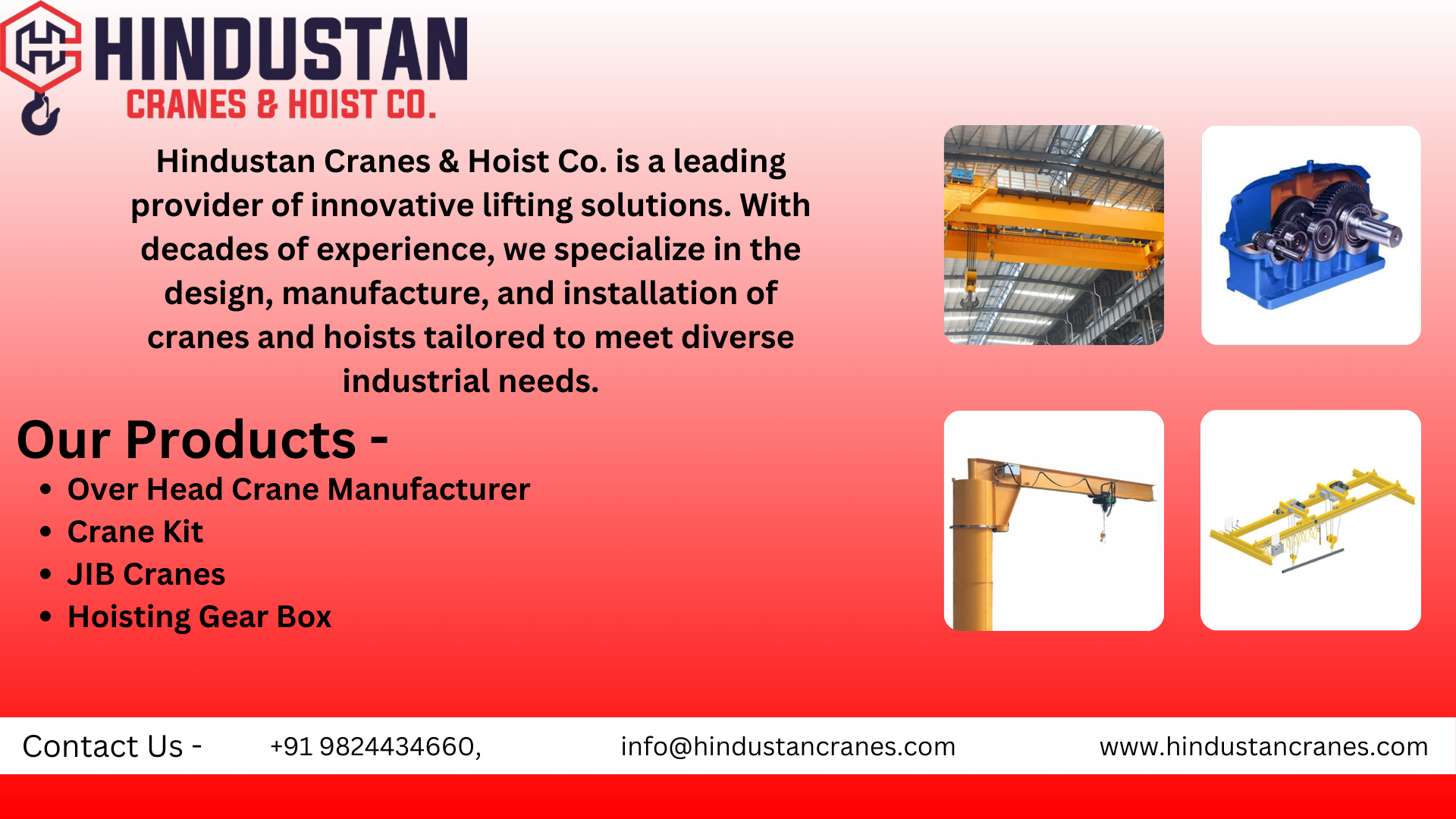EOT Crane
EOT Crane
An Electric Overhead Traveling (EOT) Crane is a vital piece of equipment in modern industrial settings, designed to lift and transport heavy loads across a horizontal plane. These cranes operate on parallel runways, akin to railroad tracks, with a traveling bridge spanning the gap. Powered by electricity, EOT cranes offer precision, efficiency, and safety in material handling tasks.
How It's Made
EOT cranes are meticulously engineered to meet specific operational requirements:
-
Structural Components: Constructed using high-strength steel to ensure durability and stability.
-
Girder Design: Available in single or double girder configurations, depending on the load capacity and span requirements.
-
End Carriages: Torsionally rigid, welded box girder construction for smooth movement.
-
Hoisting Mechanism: Equipped with electric hoists, which may include wire rope or chain hoists, depending on the application.
-
Control Systems: Operated via pendant controls, radio remote controls, or operator cabins, incorporating variable frequency drives for smooth operation.
-
Safety Features: Includes overload protection, limit switches, and emergency stop mechanisms to ensure safe operation.
Where It's Used
EOT cranes are indispensable across various industries:
-
Manufacturing: For lifting and moving heavy machinery and components.
-
Construction: To transport building materials and equipment on-site.
-
Warehousing & Distribution: For efficient loading, unloading, and storage of goods.
-
Steel Mills & Foundries: Handling molten metal and heavy castings.
-
Automotive & Aerospace: Assisting in assembly lines and heavy part handling.
-
Power Plants & Chemical Industries: For maintenance and material handling tasks.
Importance & Advantages
-
Enhanced Safety: Reduces manual handling, minimizing the risk of workplace injuries.
-
Increased Efficiency: Speeds up material handling processes, leading to higher productivity.
-
Space Optimization: Utilizes overhead space, freeing up valuable floor area.
-
Precision Handling: Allows for accurate placement of heavy loads.
-
Cost-Effective: Reduces labor costs and potential damage to goods.
Key Features
-
Load Capacity: Ranges from 1 ton to over 800 tons, catering to various industrial needs.
-
Span Length: Customizable from 4m to 31.5m or more.
-
Control Options: Floor control, remote control, or operator cabin.
-
Operating Environment: Suitable for temperatures ranging from -25°C to +40°C, with relative humidity up to 85%.
-
Advanced Features: Integration with IoT for predictive maintenance and real-time monitoring.
FAQs
Q1: What is the difference between single girder and double girder EOT cranes?
-
Single Girder: Lighter, cost-effective, suitable for lighter loads and shorter spans.
-
Double Girder: Offers higher load capacity and longer spans, ideal for heavy-duty applications.
Q2: What industries benefit most from EOT cranes?
Industries such as steel manufacturing, automotive, aerospace, construction, and logistics heavily rely on EOT cranes for efficient material handling.
Q3: How do EOT cranes improve workplace safety?
Conclusion
EOT cranes are pivotal in modern industrial operations, offering a blend of safety, efficiency, and versatility. Their ability to handle heavy loads with precision makes them indispensable in various sectors. Whether it's a single girder crane for light-duty tasks or a robust double girder crane for heavy-duty applications, EOT cranes enhance productivity and ensure smooth operations in today's fast-paced industrial environments.
Contact:-+91 9824434660


